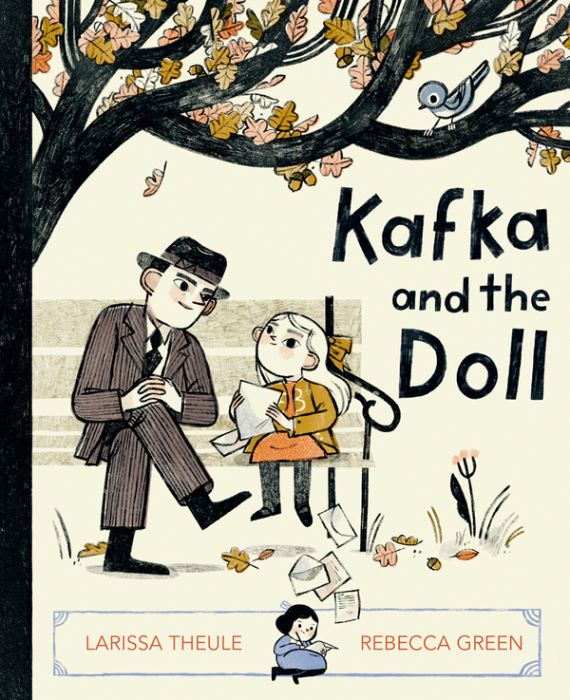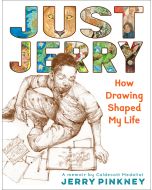
Kafka and the Doll
By Larissa Theule
Illustrators
Illustrated by Rebecca Green
Edition
By Larissa Theule
Hardcover edition
Publisher Penguin Random House Imprint Viking ISBN9780593116326
Kafka and the Doll
 17.55
17.55
Out of stock
SKU
9780593116326J
Inspired by a true story, Kafka and the Doll recounts a remarkable gesture of kindness from one of the world’s most bewildering and iconic writers. In the fall of 1923, Franz Kafka encountered a distraught little girl on a walk in the park. She’d lost her doll and was inconsolable. Kafka told her the doll wasn’t lost, but instead, traveling the world and having grand adventures! And to reassure her, Kafka began delivering letters from the doll to the girl for weeks.
The legend of Kafka and the doll has captivated imaginations for decades as it reveals the playful and compassionate side of a man known for his dark and brooding tales. Kafka and the Doll is a testament to living life to the fullest and to the life-changing power of storytelling.
The legend of Kafka and the doll has captivated imaginations for decades as it reveals the playful and compassionate side of a man known for his dark and brooding tales. Kafka and the Doll is a testament to living life to the fullest and to the life-changing power of storytelling.
|
Standard MARC Records Cover Art |
Arts Elementary Plus (Grades 2-6)
Arts Elementary Plus
Arts Elementary Plus (Grades 2-6)
For Grades 2-6
Draw! Dance! Sing! The 14 books in this category celebrate creativity and will foster a love of the arts among elementary schoolers.
14 books per Year
$0.00 per Year
Interests
Biographies, Diversity, Nonfiction, Science/STEAM



